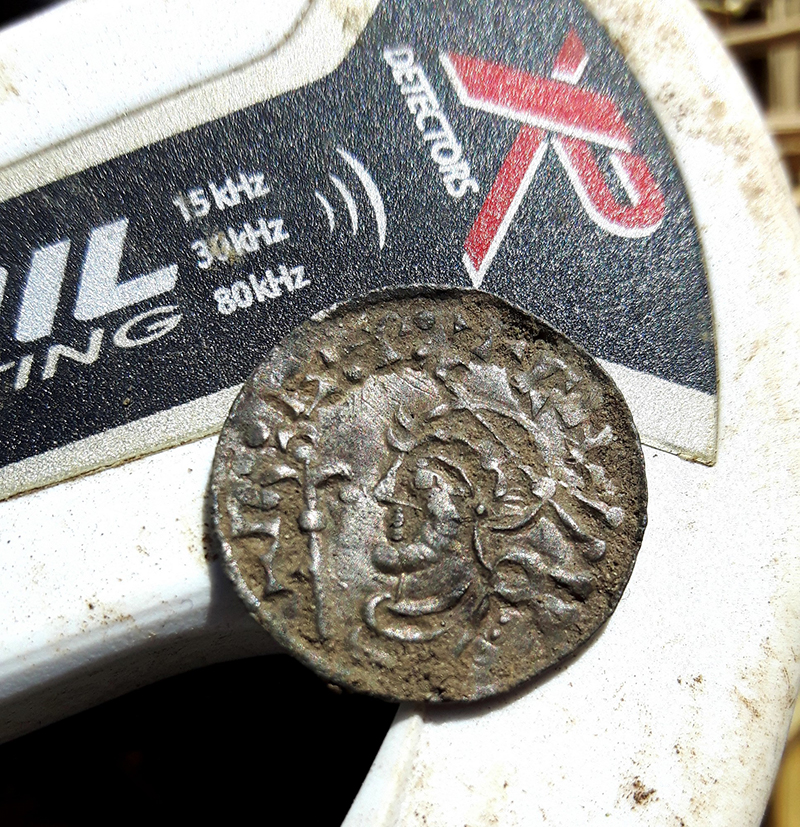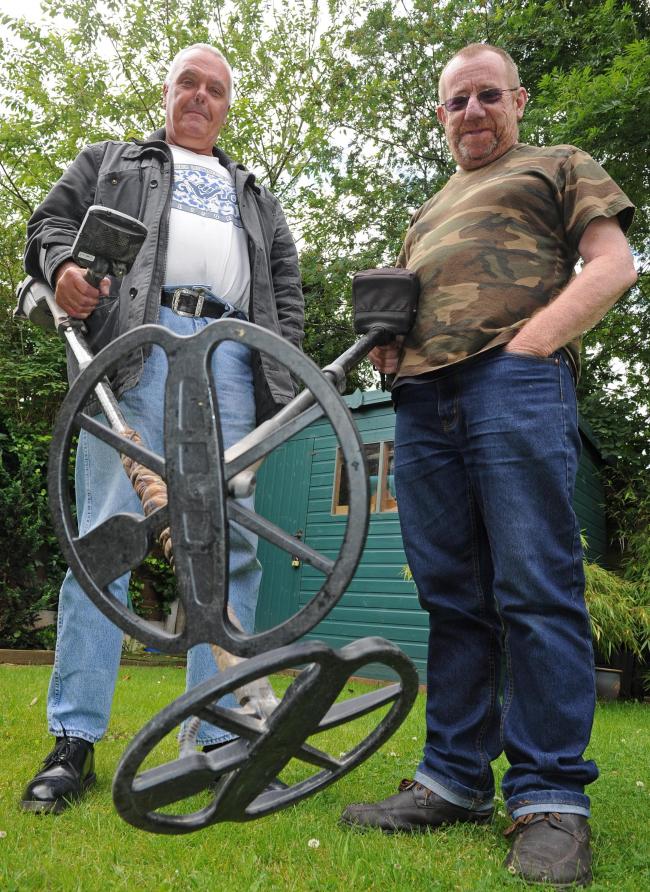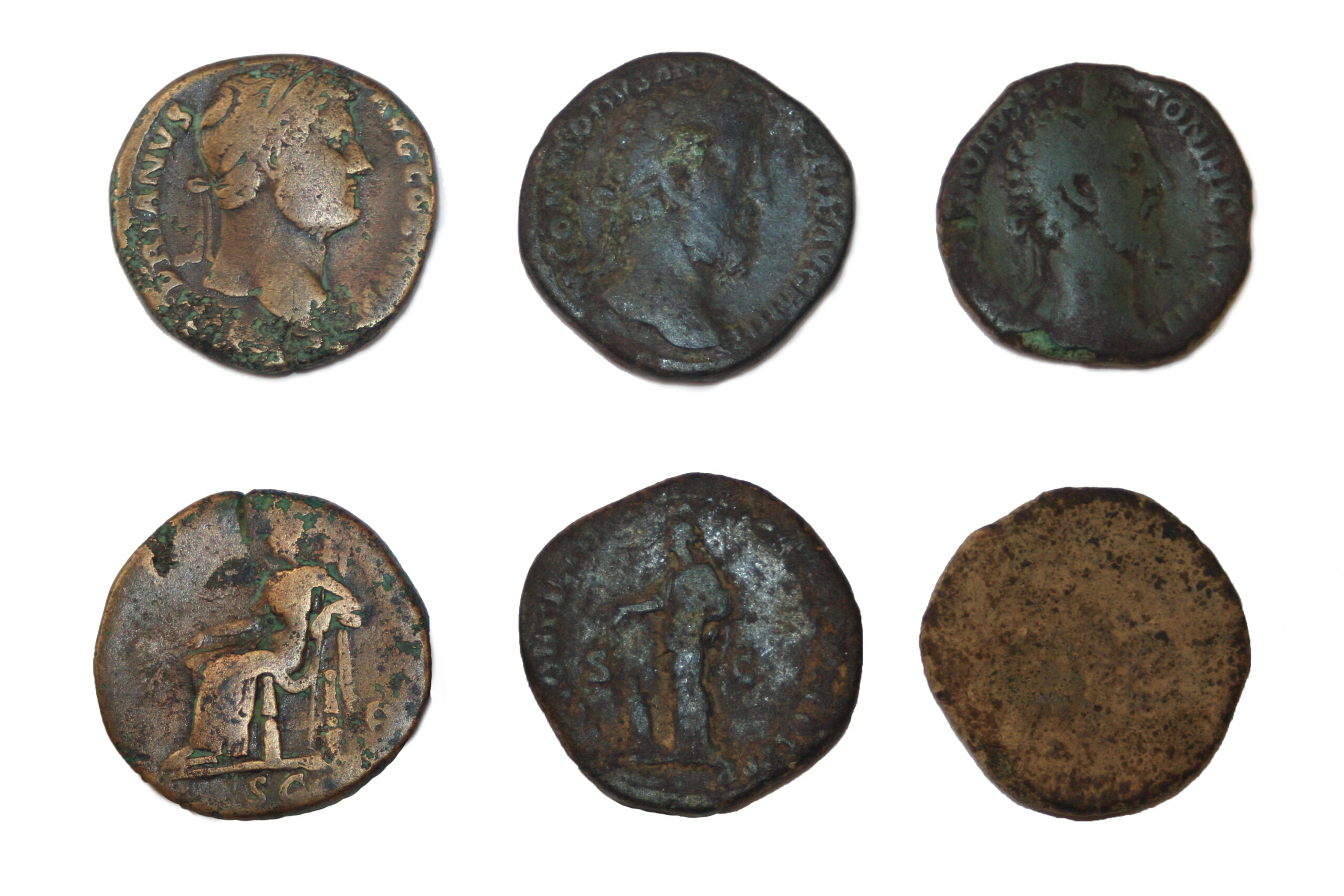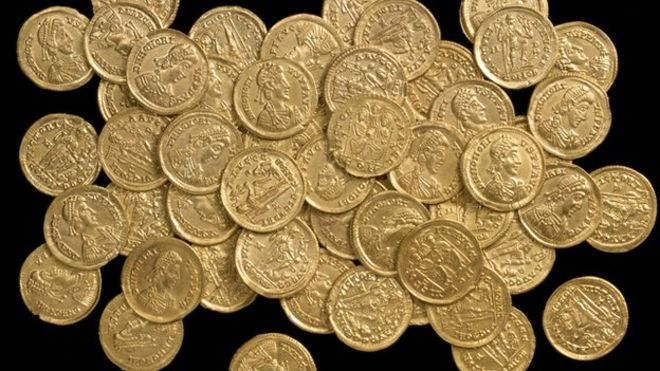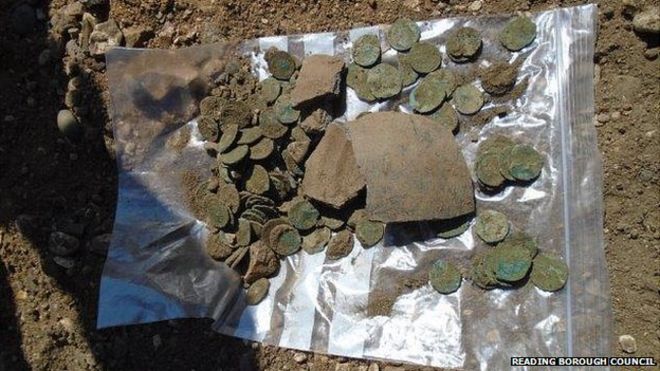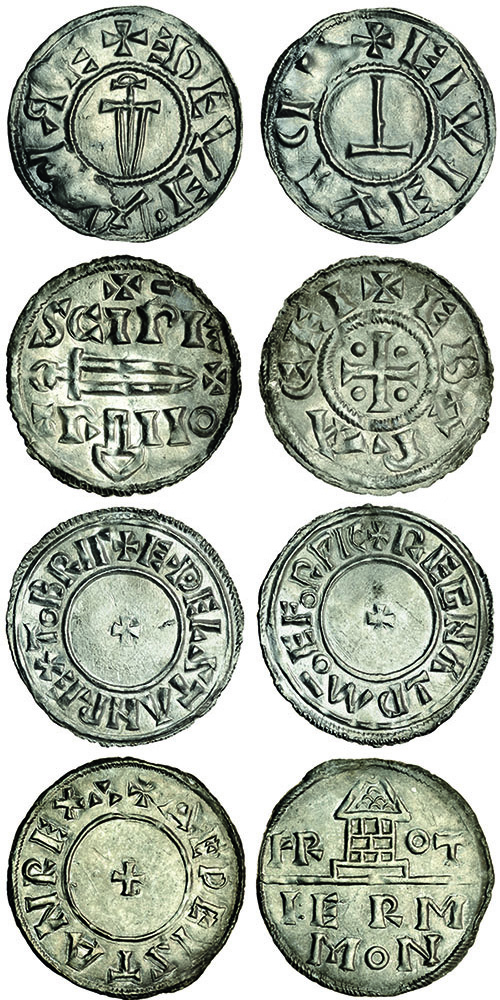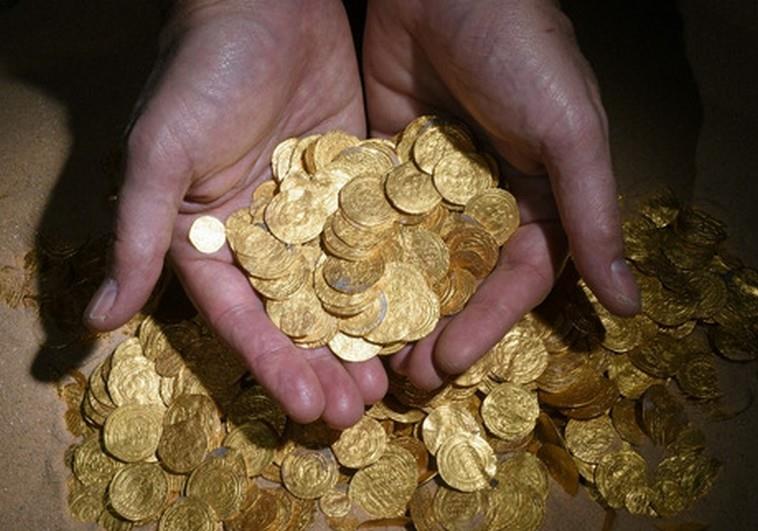XP Deus Elliptical HF Coil
Adam Staples
I’ve been waiting 7 years for an elliptical coil for the Deus. Ever since I first tried the Deus on iron-infested ground, and realised its potential to open up these sites, I have longed for XP to take it one step further with a smaller coil. The small footprint of the new 9.5” x 5” coil combined with the higher frequency choice of 14/30/80khz meant I couldn’t wait to get my hands on one.
 After a few weeks of experimentation with the new coil, the combines finally started to roll and some of our favourite sites were becoming available. The elliptical had already proven itself useful, searching amongst the oilseed rape stubble and pulling out tiny finds that we had missed on previous searches, but now was the time to really put it to work on a contaminated site.
After a few weeks of experimentation with the new coil, the combines finally started to roll and some of our favourite sites were becoming available. The elliptical had already proven itself useful, searching amongst the oilseed rape stubble and pulling out tiny finds that we had missed on previous searches, but now was the time to really put it to work on a contaminated site.
Our venue for the day was a large wheat field, the stubble had been harrowed down and conditions were near perfect. Last year we had discovered a small Roman site, field-walking had revealed an abundance of Roman pottery and an area of occupation approximately 100m x 100m. The soil was black here, littered with iron targets both large and small and the good finds were mainly small Roman coins, a perfect challenge for the new elliptical coil.
 I started detecting around the edge of the main area using my 2 tone HF program, 30khz and reactivity 2.5. I really like the new 2.5 setting of V4, it is fast enough to get amongst the iron but still gives good depth on targets. Detecting in a straight line, my first pass of the site produced a few small pieces of lead before I hit the first Roman coin, a small bronze of the Emperor Gratian (AD 367 – 383). The HF coils really boost the signal from small items and this sounded much larger than it actually was. A few more bronze coins followed as I continued my line and then a much larger signal produced the first artefact of the day, a lovely 1st century Roman brooch from around 6” deep.
I started detecting around the edge of the main area using my 2 tone HF program, 30khz and reactivity 2.5. I really like the new 2.5 setting of V4, it is fast enough to get amongst the iron but still gives good depth on targets. Detecting in a straight line, my first pass of the site produced a few small pieces of lead before I hit the first Roman coin, a small bronze of the Emperor Gratian (AD 367 – 383). The HF coils really boost the signal from small items and this sounded much larger than it actually was. A few more bronze coins followed as I continued my line and then a much larger signal produced the first artefact of the day, a lovely 1st century Roman brooch from around 6” deep.
 When searching a productive site I always detect up and down in parallel lines to ensure thorough coverage. Eventually my search pattern took me to the edge of the most iron-infested and mineralised area of the site and it was here that I switched programs. I chose a customised version of the HOT program, running at 75khz, that I have been using recently with great success. The HF coils do not have the ID NORM feature of the standard coils, which means that at higher frequencies the numerical ID of a target is greatly increased. For instance: a medieval cut quarter coin typically registers around 45 at 18khz, but at 75khz it is around 85. When using a full tones program such as HOT, this means that the tone from a low-conductive item is much higher and stands out much more clearly. Combining this with the new negative discrimination of -6.4 meant that I was able to hear the full range of large and small iron in the ground whilst easily recognising the small non-ferrous targets lying within. The GB was set to 75 in manual, quite a difficult setting for general detecting but the HF coils are more stable than the standard coils at low GB and using full tones helped here. In full tones the good targets are clearly distinguishable from any ground noise and the new X/Y screen profile is another useful aid to target identification.
When searching a productive site I always detect up and down in parallel lines to ensure thorough coverage. Eventually my search pattern took me to the edge of the most iron-infested and mineralised area of the site and it was here that I switched programs. I chose a customised version of the HOT program, running at 75khz, that I have been using recently with great success. The HF coils do not have the ID NORM feature of the standard coils, which means that at higher frequencies the numerical ID of a target is greatly increased. For instance: a medieval cut quarter coin typically registers around 45 at 18khz, but at 75khz it is around 85. When using a full tones program such as HOT, this means that the tone from a low-conductive item is much higher and stands out much more clearly. Combining this with the new negative discrimination of -6.4 meant that I was able to hear the full range of large and small iron in the ground whilst easily recognising the small non-ferrous targets lying within. The GB was set to 75 in manual, quite a difficult setting for general detecting but the HF coils are more stable than the standard coils at low GB and using full tones helped here. In full tones the good targets are clearly distinguishable from any ground noise and the new X/Y screen profile is another useful aid to target identification.
 I set to work on the busy area and many more Roman coins followed. The elliptical coil is so precise amongst the iron and, searching slowly, it was possible to pick out the high tones right on the edge of iron signals. One of these signals produced my best find of the day, an Anglo-Saxon penny of King Cnut (1016 – 1035), a real surprise as this was my first hammered silver from this site. A second hammered, a small silver Venetian Soldino turned up shortly afterwards.
I set to work on the busy area and many more Roman coins followed. The elliptical coil is so precise amongst the iron and, searching slowly, it was possible to pick out the high tones right on the edge of iron signals. One of these signals produced my best find of the day, an Anglo-Saxon penny of King Cnut (1016 – 1035), a real surprise as this was my first hammered silver from this site. A second hammered, a small silver Venetian Soldino turned up shortly afterwards.
 The elliptical coil is really well suited to sites such as this and the higher frequencies enable the Deus to see through difficult ground, to find the tiny items and also larger targets that are being partially masked by iron or heavy mineralisation. The slim design makes it ideal for use when conditions are difficult either above or below the ground. Not only does this coil excel on contaminated soil, it’s also a very useful tool for searching amongst vegetation, stubble or on rough ploughed fields. This coil is only tiny but has had a big impact on my detecting, I finished the day with over 200 non-ferrous targets including 45 Roman bronze coins, two Roman brooches, a Medieval ring and two hammered silvers… my best day ever on this site.
The elliptical coil is really well suited to sites such as this and the higher frequencies enable the Deus to see through difficult ground, to find the tiny items and also larger targets that are being partially masked by iron or heavy mineralisation. The slim design makes it ideal for use when conditions are difficult either above or below the ground. Not only does this coil excel on contaminated soil, it’s also a very useful tool for searching amongst vegetation, stubble or on rough ploughed fields. This coil is only tiny but has had a big impact on my detecting, I finished the day with over 200 non-ferrous targets including 45 Roman bronze coins, two Roman brooches, a Medieval ring and two hammered silvers… my best day ever on this site.
